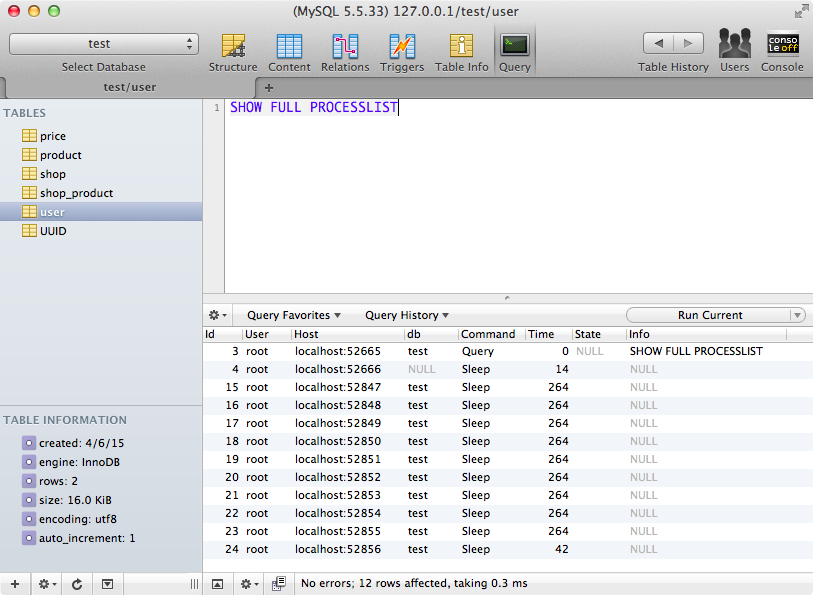1
2
3
4
5
6
7
8
9
10
11
12
13
14
15
16
17
18
19
20
21
22
23
24
25
26
27
28
29
30
31
32
33
34
35
36
37
38
39
40
41
42
43
44
45
46
47
48
49
50
51
52
53
54
55
56
57
58
59
60
61
62
63
64
65
66
67
68
69
70
71
72
73
74
75
76
77
78
79
80
81
82
83
84
85
86
87
88
89
90
91
92
93
94
95
96
97
98
99
100
101
102
103
104
105
106
107
108
109
110
111
112
113
114
115
116
117
118
119
120
121
122
123
124
125
126
127
128
129
130
131
132
133
134
135
136
137
138
139
140
141
142
143
144
145
146
147
148
149
150
151
152
153
154
155
156
157
158
159
160
161
162
163
164
165
166
167
168
169
170
171
| import com.alibaba.fastjson.JSON;
import com.alibaba.fastjson.TypeReference;
import org.springframework.beans.factory.annotation.Autowired;
import org.springframework.data.redis.core.BoundSetOperations;
import org.springframework.data.redis.core.StringRedisTemplate;
import org.springframework.lang.Nullable;
import org.springframework.stereotype.Service;
import java.util.Collections;
import java.util.Set;
import java.util.concurrent.TimeUnit;
import java.util.function.Supplier;
import java.util.stream.Collectors;
@Service
public class RedisDao {
@Autowired
private StringRedisTemplate redisTemplate;
private static final long DEFAULT_CACHE_DURATION_IN_SECONDS = 3600;
public <T> T get(String redisKey, Class<T> clazz, Supplier<T> supplier) {
return get(redisKey, clazz, null, supplier, DEFAULT_CACHE_DURATION_IN_SECONDS);
}
public <T> T get(String redisKey, Class<T> clazz, Supplier<T> supplier, long timeoutSeconds) {
return get(redisKey, clazz, null, supplier, timeoutSeconds);
}
public <T> T get(String redisKey, TypeReference<T> typeReference, Supplier<T> supplier) {
return get(redisKey, null, typeReference, supplier, DEFAULT_CACHE_DURATION_IN_SECONDS);
}
public <T> T get(String redisKey, TypeReference<T> typeReference, Supplier<T> supplier, long timeoutSeconds) {
return get(redisKey, null, typeReference, supplier, timeoutSeconds);
}
private <T> T get(String redisKey, Class<T> clazz, TypeReference<T> typeReference, Supplier<T> supplier, long timeoutSeconds) {
T d = null;
String json = redisTemplate.opsForValue().get(redisKey);
if (json != null) {
try {
if (clazz != null) {
d = JSON.parseObject(json, clazz);
} else {
d = JSON.parseObject(json, typeReference);
}
} catch (Exception ex) {
redisTemplate.delete(redisKey);
}
}
if (d == null && supplier != null) {
d = supplier.get();
if (d != null) {
redisTemplate.opsForValue().set(redisKey, JSON.toJSONString(d), timeoutSeconds, TimeUnit.SECONDS);
}
}
return d;
}
public <T> Set<T> getFromSet(String redisKey, Class<T> clazz, @Nullable Supplier<Set<T>> supplier, long timeoutSeconds) {
BoundSetOperations<String, String> operations = redisTemplate.boundSetOps(redisKey);
Set<String> members = operations.members();
if (members != null && !members.isEmpty()) {
return members.stream().map(member -> JSON.parseObject(member, clazz)).collect(Collectors.toSet());
} else if (supplier != null) {
Set<T> newSet = supplier.get();
if (newSet != null && !newSet.isEmpty()) {
String[] array = newSet.stream().map(JSON::toJSONString).toArray(String[]::new);
operations.add(array);
operations.expire(timeoutSeconds, TimeUnit.SECONDS);
return newSet;
}
}
return Collections.emptySet();
}
public boolean isMember(String redisKey, String value) {
Boolean is = redisTemplate.boundSetOps(redisKey).isMember(value);
return is == null ? false : is;
}
public void deleteCache(String key) {
redisTemplate.delete(key);
}
}
|

